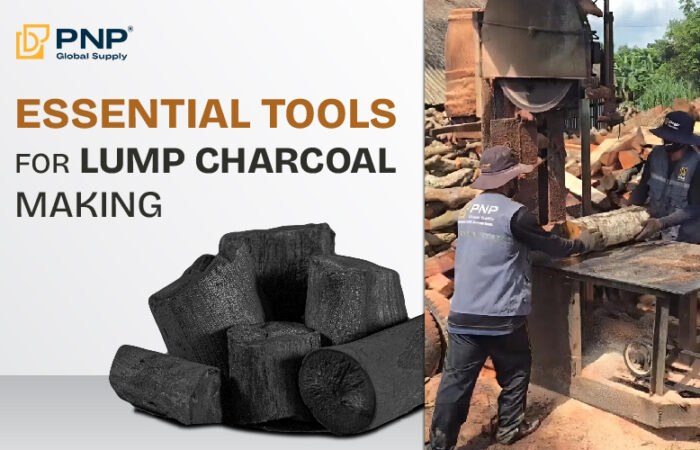The growing global demand for renewable and eco-friendly fuel has made sawdust charcoal production one of the most promising industries today. Many businesses and investors are now turning to sawdust charcoal making machines to create high-quality charcoal products that can be used for grilling, heating, and industrial applications.
Unlike traditional lump charcoal, sawdust charcoal is produced from compressed sawdust — a byproduct of wood processing — making it both sustainable and cost-effective. To build a successful production line, understanding the key charcoal making equipment involved is essential. This article explores the main machines required for sawdust charcoal production, how they work, and factors that influence the price of charcoal and machinery.
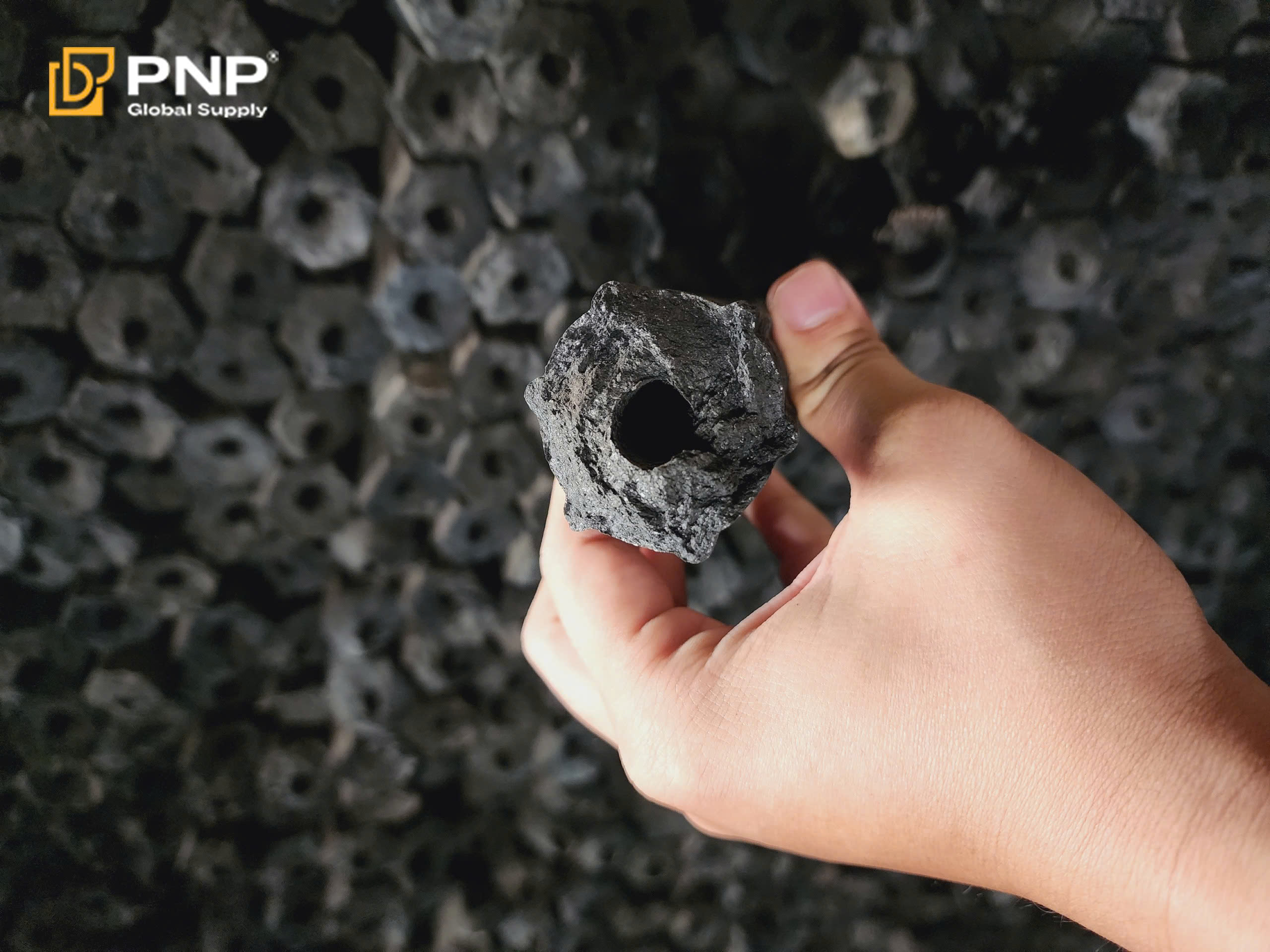
Understanding the Sawdust Charcoal Production Process
Producing sawdust briquettes and converting them into charcoal involves several stages. The process typically includes raw material preparation, drying, compression, carbonization, and final packaging. Each stage requires specific charcoal production machinery designed to improve efficiency, reduce energy consumption, and ensure consistent product quality.
Here’s a simplified overview of the process:
- Raw material preparation: Sawdust or wood residues are crushed to achieve uniform size.
- Drying: Moisture is removed to improve combustion quality.
- Briquetting: The sawdust is compressed into solid shapes like cylinders or hexagons.
- Carbonization: The briquettes are heated in an oxygen-free environment to become charcoal.
- Packaging: The final charcoal is packed and prepared for sale or export.
Each stage depends heavily on the performance and reliability of the charcoal making equipment used in the production line.
Key Equipment Needed for Sawdust Charcoal Production
Sawdust Crusher
The first step in any sawdust charcoal making machine line is the sawdust crusher. This machine grinds wood waste, branches, or wood chips into fine sawdust, ensuring uniform particle size. Proper crushing helps achieve consistent briquette density and carbonization results.
A high-quality crusher improves overall efficiency by reducing energy use and producing fine, evenly sized material. For briquette manufacturers, this step is crucial — uneven particle size can affect the final charcoal’s burning time and stability.
Drying System
Before sawdust can be pressed into sawdust briquettes, it must be dried to an ideal moisture level (usually below 10%). A drying system — often a rotary drum dryer or a continuous hot air dryer — helps remove excess water quickly and efficiently.
This step is essential because too much moisture will make the briquettes difficult to form and reduce their calorific value. A good charcoal production machinery setup will include an automated drying system to maintain stable conditions and ensure consistent quality.
A well-designed drying process contributes directly to a cleaner burn and longer-lasting hexagon briquette charcoal during use.
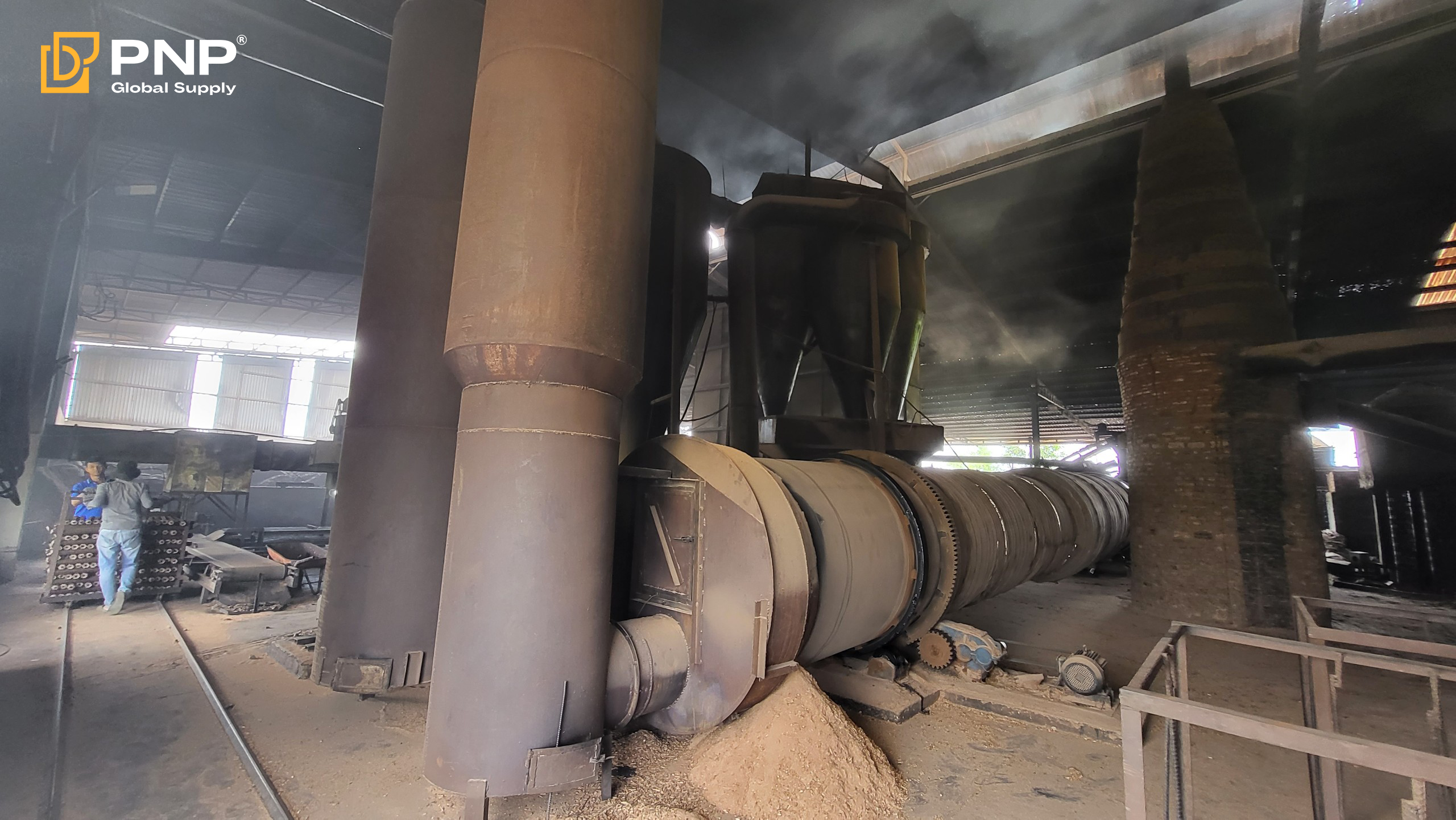
Briquette Press Machine
The briquette press machine is at the heart of the sawdust charcoal making machine line. It compresses dried sawdust into solid shapes using high pressure, without the need for binders or chemicals. The output can be hexagon briquette charcoal, cylindrical briquettes, or custom shapes, depending on the mold type.
This shaping process determines the appearance, density, and durability of the final product. The tighter the compression, the longer and cleaner the briquettes will burn.
For commercial production, briquette manufacturers often choose automatic or hydraulic press machines that can handle large quantities and provide stable output. These machines are vital for ensuring uniform shape and structure, which directly affects the price of charcoal in the market.
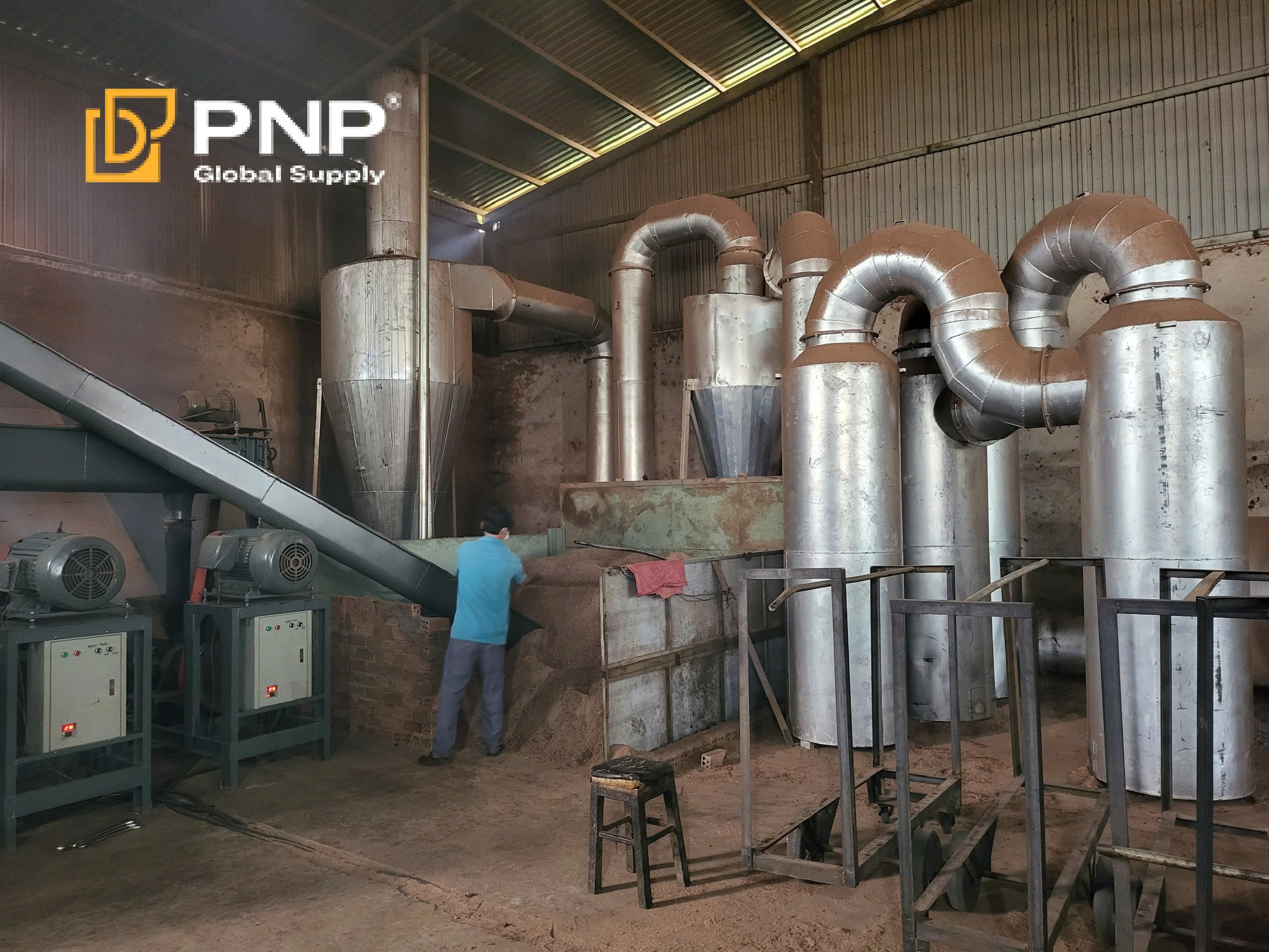
Carbonization Furnace
After forming the sawdust briquettes, the next critical step is carbonization. This is done in a carbonization furnace, which heats the briquettes in an oxygen-free environment to remove volatile components and leave behind pure carbon.
Modern furnaces come in various types, including horizontal carbonization kilns, continuous carbonization furnaces, and no-smoke carbonization systems. The latter is especially popular for eco-friendly operations because it captures and reuses combustible gases, reducing pollution.
Efficient carbonization not only enhances the charcoal’s calorific value but also ensures consistent burning performance — a key factor that buyers consider when evaluating the price of charcoal.
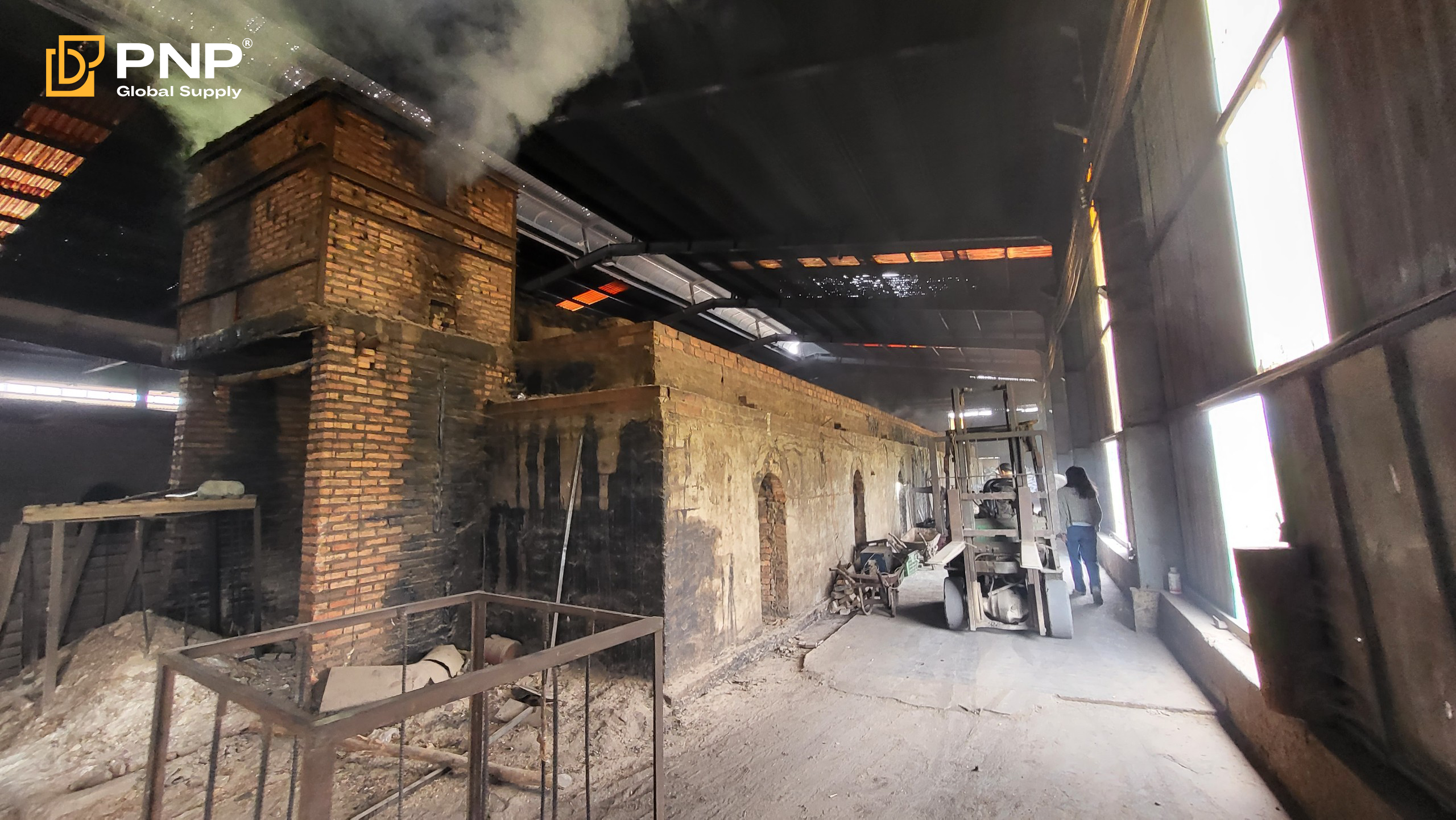
Temperature Monitoring and Control Devices
Maintaining the right temperature during carbonization (usually between 400°C and 600°C) is essential for producing high-quality sawdust charcoal. That’s why every production line should include reliable temperature monitoring equipment.
Digital thermometers and automated controllers help prevent overheating or under-carbonization, which could compromise charcoal quality. These devices ensure the process remains stable and energy-efficient, making the entire charcoal making equipment system more reliable and sustainable.
Conductivity Measuring Tools
Once the charcoal is produced, conductivity measuring tools are used to test the carbon content and purity. High-quality charcoal typically shows low electrical conductivity, indicating fewer impurities and a higher carbon concentration.
This step is particularly important for briquette manufacturers who aim to export their products or supply premium-grade hexagon briquette charcoal for BBQ and industrial applications. Regular testing helps maintain consistent product standards and build customer trust.
Packaging Equipment
The last stage of sawdust charcoal production is packaging. Modern packaging equipment automates weighing, sealing, and labeling, ensuring neat presentation and extended shelf life.
Proper packaging protects charcoal from moisture and contamination, making it suitable for export. It also improves product appearance, which can influence buyer perception and the final price of charcoal in the market.
A well-packaged sawdust charcoal product with consistent size and low ash content often commands a higher market value, especially in international markets.
Factors Affecting the Price of Charcoal and Machinery
Both the sawdust charcoal making machine and the final charcoal product vary in price depending on several factors:
- Production capacity: Larger machines with higher output naturally cost more but offer better long-term efficiency.
- Automation level: Fully automatic systems reduce labor costs but require higher initial investment.
- Material and design: Stainless steel furnaces and precision molds increase durability and performance.
- Energy efficiency: Advanced systems that reuse heat and gases help reduce production costs.
- Charcoal quality: The carbonization rate, density, and moisture content all affect the final price of charcoal in domestic and export markets.
For startups, it’s wise to begin with semi-automatic charcoal production machinery and gradually scale up as production volume grows.
Tips for Choosing the Right Sawdust Charcoal Making Machine
Selecting the right charcoal making equipment can make or break your business. Here are a few essential tips:
- Define your goal: Decide whether your production will target local use or export markets.
- Focus on quality: Choose machinery with good reviews and strong after-sales support.
- Energy efficiency: Pick models that recycle exhaust gases and minimize energy loss.
- Maintenance and spare parts: Make sure spare parts are easy to replace to avoid production delays.
- Supplier reliability: Work with experienced briquette manufacturers who can provide installation guidance and technical training.
These considerations ensure a stable production process and help you achieve better profitability in the long run.
Interested in turning sawdust into a clean and cost-effective fuel source? If you want to make sawdust charcoal at home, check out this article to learn: How to Make Sawdust Charcoal at Home: A Complete Guide
Choose Sawdust Charcoal from PNP Charcoal
If you’re looking for high-quality sawdust charcoal, PNP Charcoal is your trusted supplier in Vietnam. We produce premium hexagon briquette charcoal using advanced charcoal making equipment to ensure long burn time, low ash, and consistent quality.
Our sawdust briquettes are made from 100% natural materials and carbonized with modern charcoal production machinery for clean, stable heat. With professional export experience and competitive price of charcoal, PNP Charcoal guarantees both quality and reliability for every order.
Visit PNP Charcoal to explore our range of sawdust charcoal and charcoal making equipment that best fits your production needs.
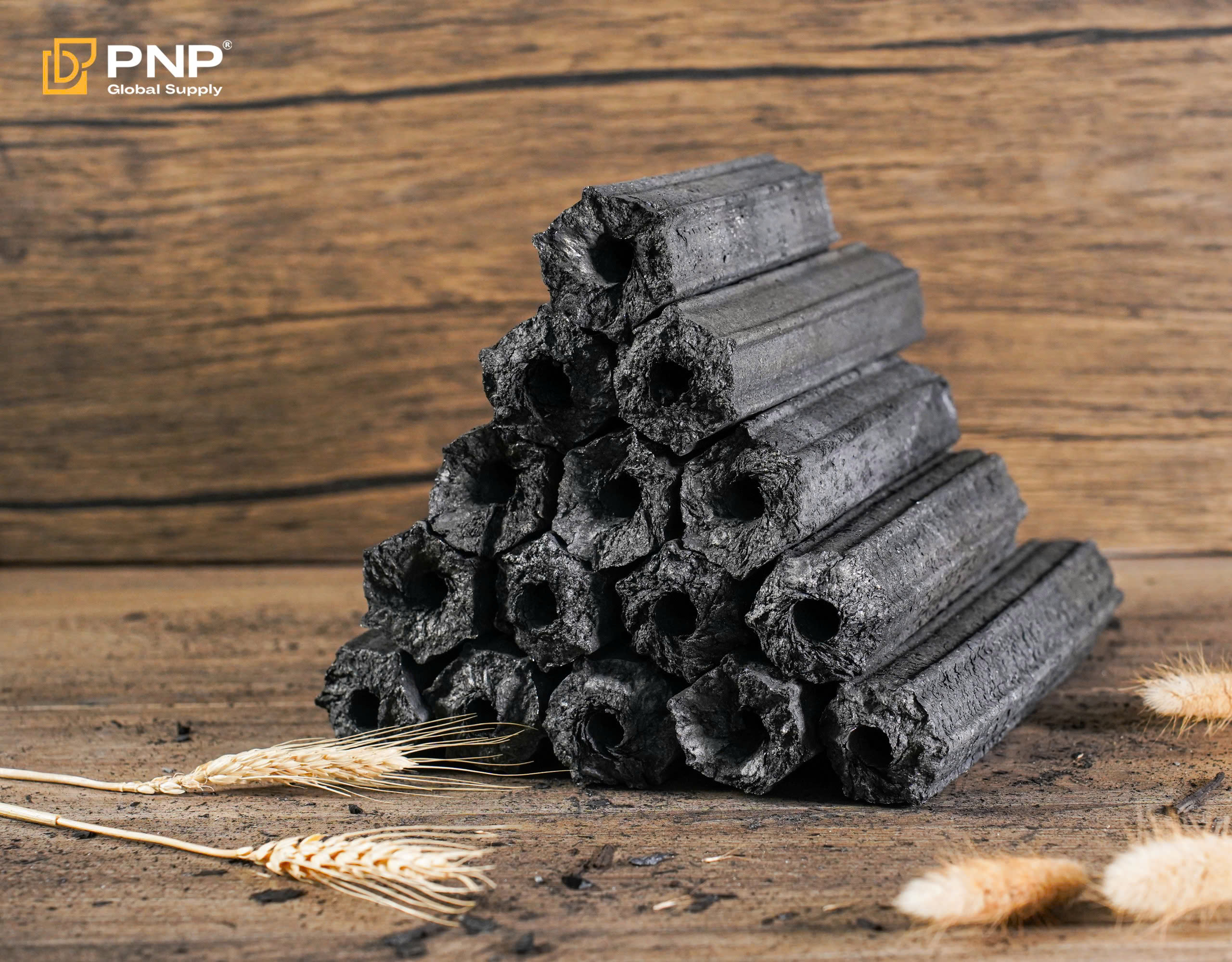
Conclusion
Setting up a successful sawdust charcoal production line requires more than just raw materials — it depends on investing in the right key equipment. From the sawdust crusher and briquette press machine to the carbonization furnace and packaging equipment, each piece plays an important role in ensuring quality, consistency, and efficiency.
With advanced charcoal production machinery, businesses can turn waste materials into profitable, eco-friendly energy sources. Whether you are a small-scale briquette manufacturer or planning to enter large-scale charcoal export, choosing the right sawdust charcoal making machine is the foundation of success.
________________________________
Contact us for more information
Facebook: PNP Charcoal
Instagram: PNP Charcoal
Email: info@pnpglobalsupply.com

